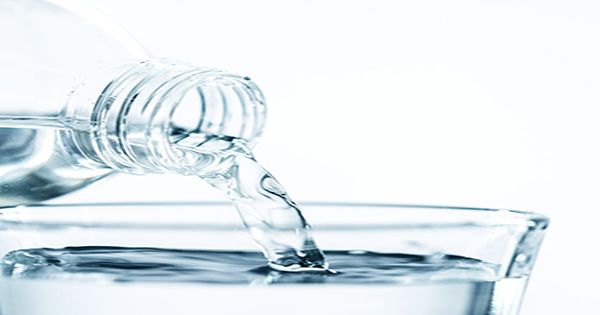Imagine a world where water coming out of a shower flowed in the same consistency as your toothpaste, or your morning coffee flowed like cooking oil. It doesn’t seem as crazy as some of the things we hear right now, but fluid stimulation or viscosity governs most of our daily lives, to be honest.
Scientists in the United Kingdom and Russia have developed an equation to measure this limit using the basic physical constants that define our universe. Although it is well known that you can reduce the viscosity (resistance to flow) of a liquid by heating it.It is not yet officially known whether the liquid reaches its minimum level before boiling and turning into gas.
Professor Kostya Trachenko, lead author of the paper from Queen Mary University of London, said in a statement, “These results are amazing.” “Viscosity is a complex property that varies strongly for different fluids and external conditions. Yet our results show that the minimum viscosity of all fluids appears to be simple and universal.”
From a theoretical point of view, calculating viscosity was considered impossible due to the strong and synthesized reliance on system variables such as fluid-structure, composition, and interactions as well as external conditions. Achieving the Impossible, Trachenko and co-lead author Vadim Brazkin were able to create an equation from the Russian Academy of Sciences that shows how significant only two basic physical constant fluids can be; The Planck constant (commonly used in the formulation of quantum mechanics) and the mass ratio of electrons to protons (one of the few important dimensions in many cases such as star formation and life-supporting environments).
Trachenko explained, “The lower basic limit reminds us of how nature’s basic stability affects us every day, its overreaching rule extends to specific, yet complex, fluid-softening properties, from making morning cups of tea.”
There are also practical applications of discovering this theoretical limitation of liquid rancidity, Published in Science Advances. This equation can serve as a guide for the industry to create new low-viscosity liquids, and nature can prevent wastage of resources by beating this limit as it has already determined. However, this equation can be applied not only in the world.
Brazhkin added, “There are indications that the fundamental lower limit of liquid viscosity may be related to a very different field of physics: black holes as well as new states of matter, quark-glued plasma, which appear at very high temperatures and pressures.” “Exploring and appreciating these and other connections makes science so exciting.”















